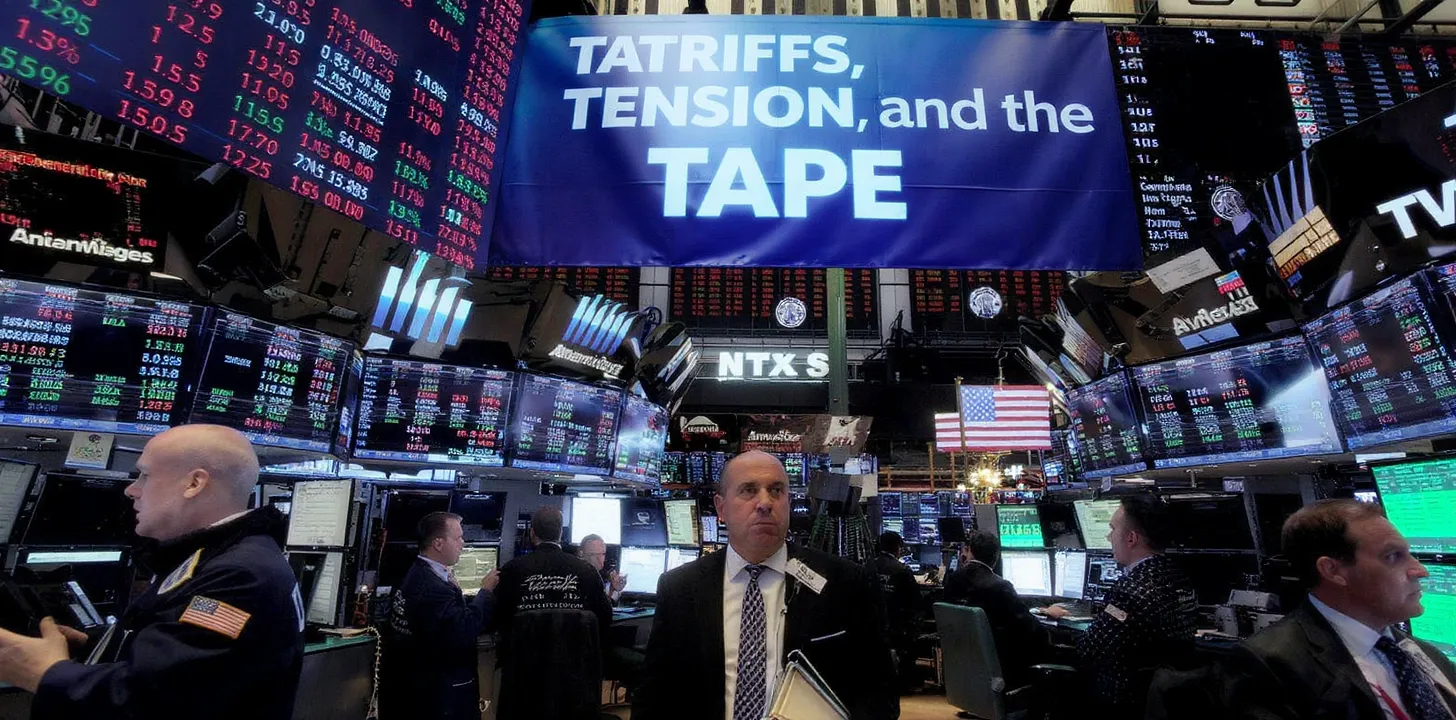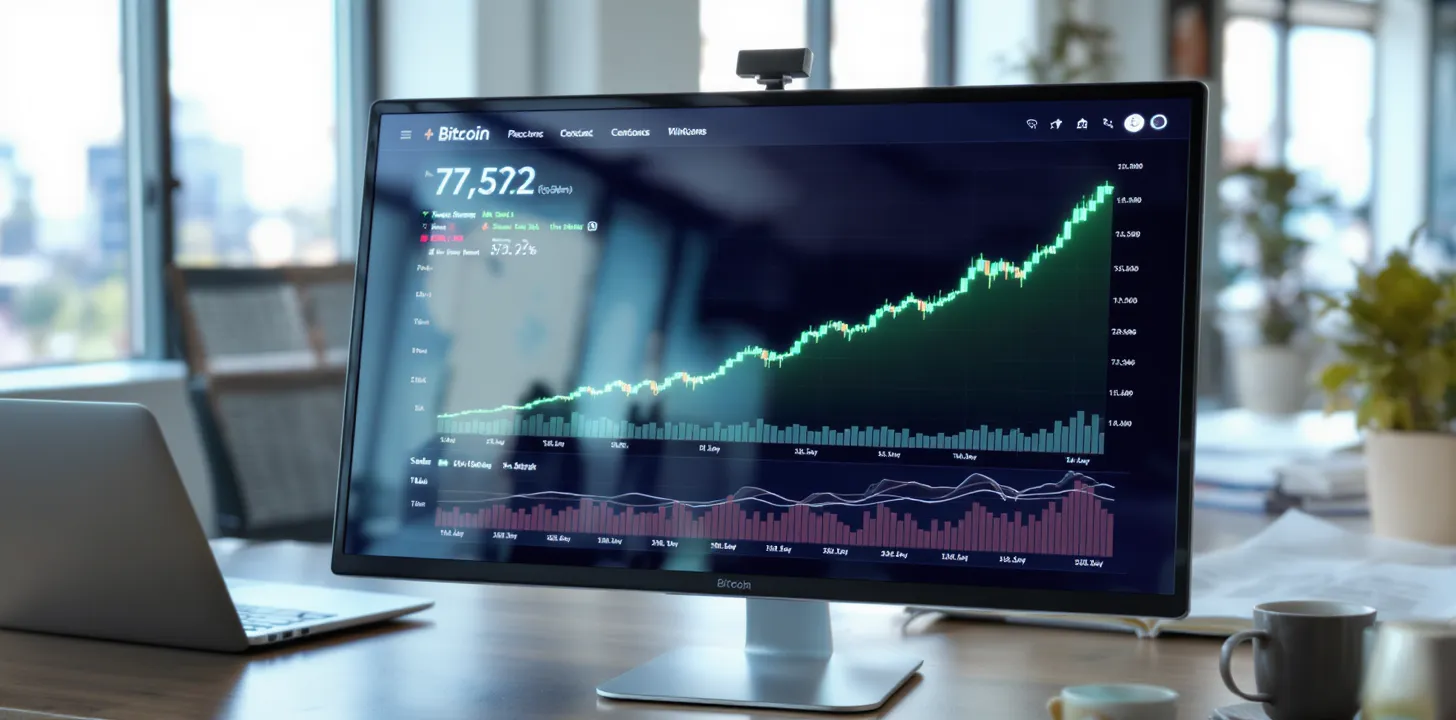Catching Market Extremes with Bollinger Bands and RSI
Introduction to Market Extremes
Market extremes, whether overbought or oversold, often signal pivotal moments in financial markets. Recognizing these extremes allows traders to identify potential reversal points or continuation patterns. Bollinger Bands and the Relative Strength Index (RSI) are two powerful tools that help traders pinpoint these market extremes with precision.
What Are Bollinger Bands?
Bollinger Bands are a volatility-based indicator that helps visualize price fluctuations and potential extremes. They consist of:
- Middle Band: A simple moving average (typically 20 periods).
- Upper Band: Middle band + 2 standard deviations.
- Lower Band: Middle band - 2 standard deviations.
Key Insights from Bollinger Bands:
- Overbought Conditions: When prices touch or exceed the upper band.
- Oversold Conditions: When prices touch or fall below the lower band.
- Mean Reversion: Prices tend to revert to the middle band after reaching extremes.
Understanding the RSI Indicator
The Relative Strength Index (RSI) is a momentum oscillator that measures the speed and change of price movements. RSI values range from 0 to 100:
- Above 70: Indicates overbought conditions.
- Below 30: Indicates oversold conditions.
Key Benefits of RSI:
- Momentum Analysis: Detects when the market is losing strength.
- Reversal Alerts: Signals potential turning points in price trends.
- Confirmation Tool: Validates overbought or oversold conditions highlighted by other indicators.
How Bollinger Bands and RSI Work Together
Combining Bollinger Bands and RSI enhances the ability to detect market extremes:
- Overbought Confirmation: Price touching the upper Bollinger Band while RSI exceeds 70 signals overbought conditions.
- Oversold Confirmation: Price touching the lower Bollinger Band with RSI below 30 signals oversold conditions.
- Divergence Detection: RSI divergence with Bollinger Band touches can hint at trend reversals.
Building a Strategy for Market Extremes
1. Setup:
- Use a 20-period Bollinger Band with 2 standard deviations.
- Set RSI to a 14-period default.
2. Entry Rules:
- Buy Signal: Price touches or breaks below the lower Bollinger Band, and RSI is below 30.
- Sell Signal: Price touches or breaks above the upper Bollinger Band, and RSI is above 70.
3. Exit Rules:
- Close the trade when the price reverts to the middle Bollinger Band or RSI returns to the neutral zone (40-60).
Advantages of This Combination
- Dynamic Extremes Detection: Bollinger Bands adjust to volatility, while RSI confirms momentum shifts.
- Improved Accuracy: Combining both tools reduces false signals.
- Universal Application: Effective across multiple timeframes and asset classes.
Practical Tips for Traders
- Avoid Low-Volatility Periods: Bollinger Bands narrow in such conditions, leading to less reliable signals.
- Combine with Price Action: Look for candlestick patterns to confirm entry points.
- Risk Management: Always use stop-loss orders to limit potential losses.
Conclusion
By leveraging Bollinger Bands and RSI, traders can develop a robust framework for identifying market extremes. This combination offers a dynamic and accurate approach to spotting overbought and oversold conditions, empowering traders to capitalize on high-probability setups. Mastering these tools can transform a trading strategy into a consistent profit generator.



